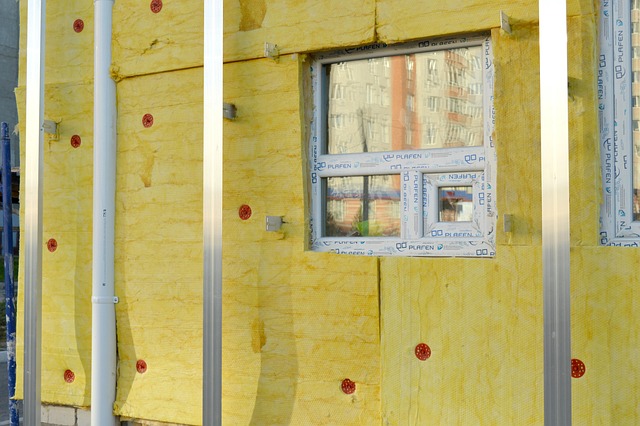Modern households are increasingly turning to immersive experiences that blend sight and sound. While many people first think of high‑end soundbars or home theater systems when they talk about audio, the visual side has also taken a leap forward thanks to advances in display technology. When audio data is fed directly into the graphics engine, TVs can transform ordinary picture windows into dynamic, rhythm‑sensitive canvases. This synergy between sound and screen creates a unified storytelling platform that elevates both entertainment and everyday media consumption.
Why Audio Should Be the Engine of Visual Design
For decades, the television industry has treated audio and video as separate streams. A sound engineer would mix tracks in a studio, while a visual engineer would focus on color grading and pixel fidelity. However, the latest generation of processors can interpret audio features in real time and translate them into visual parameters. By aligning frequency, amplitude, and temporal characteristics of sound with color temperature, luminance, and motion vectors, designers can create a seamless aesthetic that feels like a single, responsive entity.
- Rhythm‑Based Color Shifts: Low‑frequency bass can trigger deeper reds or blues, while high‑frequency treble nudges the screen toward brighter hues.
- Dynamic Contrast Adjustment: Loudness spikes can push the contrast ratio higher, making images pop when a drum hit or a guitar solo erupts.
- Motion Synchronization: Tempo changes can dictate frame pacing, turning a music track into a moving, breathing visual element.
Technical Foundations of Audio‑Driven Displays
The core of this technology relies on real‑time audio analysis algorithms that extract spectral data, envelope curves, and beat patterns. Once these metrics are quantified, they feed into the TV’s graphics pipeline, where shaders and rendering engines modify pixel values on the fly. This process requires high‑bandwidth data buses, low‑latency DSP units, and efficient memory handling to ensure that audio changes are reflected visually without perceptible delay.
“The key is not to overlay a static visual effect over audio; it’s to let the audio dictate the visual flow,” explains a lead engineer at a major display manufacturer.
Case Studies: From Movies to Live Events
Several content producers have already adopted audio‑driven visualization in films and live broadcasts. In animated feature films, sound designers work hand‑in‑hand with visual artists to choreograph scenes where background scores drive the color palette. Live music events now commonly feature LED walls that pulse in sync with the orchestra, turning concerts into multisensory spectacles.
- Film Integration: A blockbuster sci‑fi movie utilized a custom audio‑visual pipeline to render alien environments that changed hue as the soundtrack shifted from tense to hopeful tones.
- Sports Broadcasts: Game commentators’ commentary volume modulates on‑screen graphics, highlighting key plays with brighter accents whenever a commentator’s excitement rises.
- Gaming: Rhythm games embed audio‑driven lighting into the gameplay UI, providing players with visual cues that match the beat.
Challenges in Achieving Seamless Audio‑Visual Harmony
Despite the exciting possibilities, there are hurdles to overcome. The biggest is latency: audio must be processed and delivered to the display before the viewer can notice any lag. Another issue is content compatibility; older video files may lack the metadata needed for advanced audio‑visual mapping. Finally, user preferences play a role; not everyone wants a TV that reacts dramatically to background music. Manufacturers are responding by offering adjustable sensitivity sliders and “quiet mode” profiles.
Future Trends in Audio‑Driven Display Technology
Looking ahead, several developments promise to deepen the integration between sound and screen.
- Spatial Audio Mapping: With the rise of immersive audio formats like Dolby Atmos, displays can map 3D sound positions onto the visual field, creating an illusion of sound sources moving across the screen.
- Artificial Intelligence: Machine learning models can predict emotional states from audio cues and adjust visuals accordingly, tailoring experiences to individual viewers.
- Augmented Reality Overlays: Future smart TVs may project augmented layers that respond to audio, allowing users to interact with virtual objects that react to music or speech.
Consumer Adoption and Accessibility
For mainstream audiences, the appeal of audio‑driven visuals lies in their ability to make passive viewing more engaging. Even simple entertainment like watching a sitcom can feel fresh when the background score influences the visual mood. Accessibility is another advantage; color changes triggered by audio can help viewers with visual impairments detect rhythm or emotional cues that would otherwise be missed.
Conclusion: A Symbiotic Future for Audio and Visual Media
Audio-driven display technology represents a pivotal shift from siloed media production to a unified, responsive ecosystem. By allowing sound to shape how images are rendered, television sets and monitors become living canvases that adapt in real time. As processing power grows, algorithms become more sophisticated, and consumer devices incorporate richer audio‑visual interfaces, the line between what we hear and what we see will continue to blur. This synergy promises not only more captivating entertainment but also new avenues for communication, education, and accessibility.


